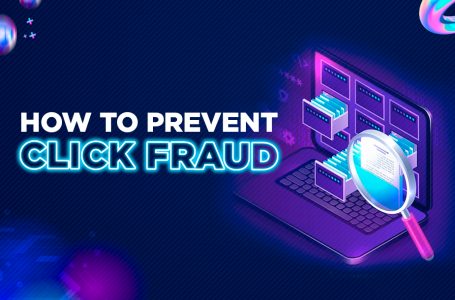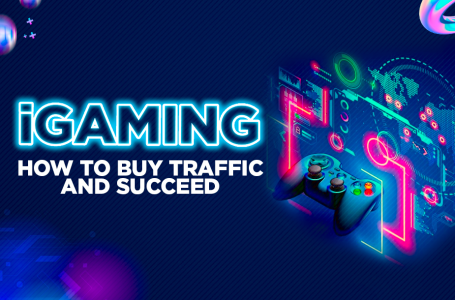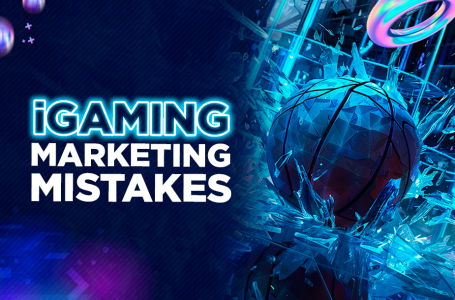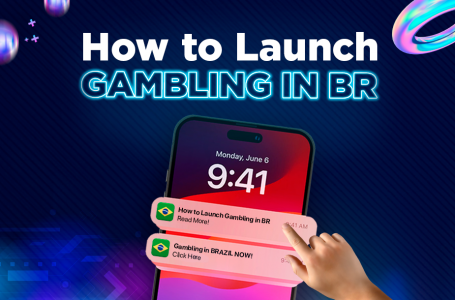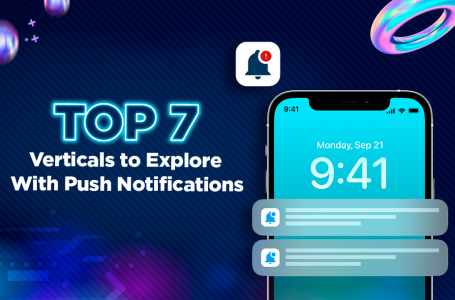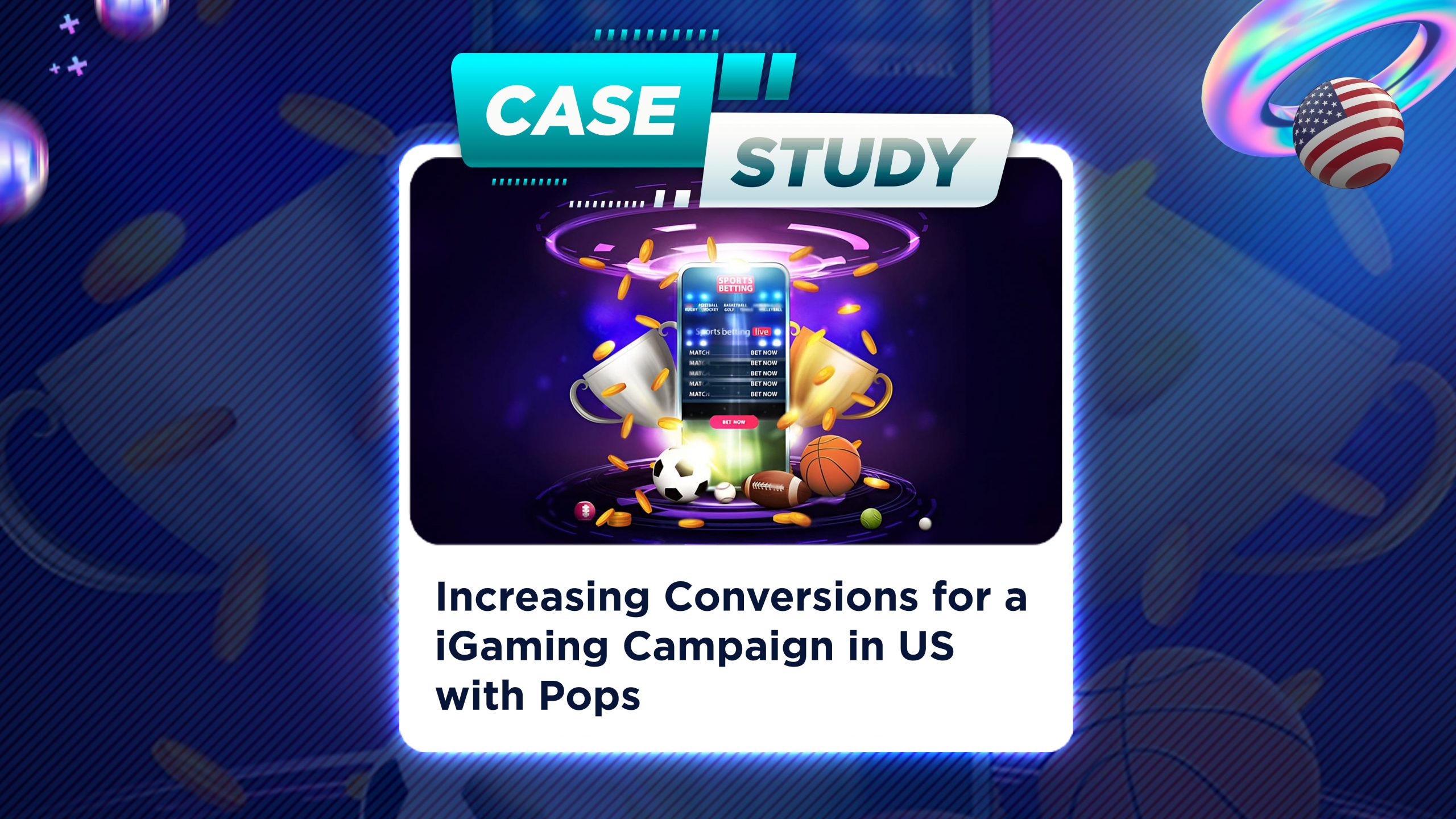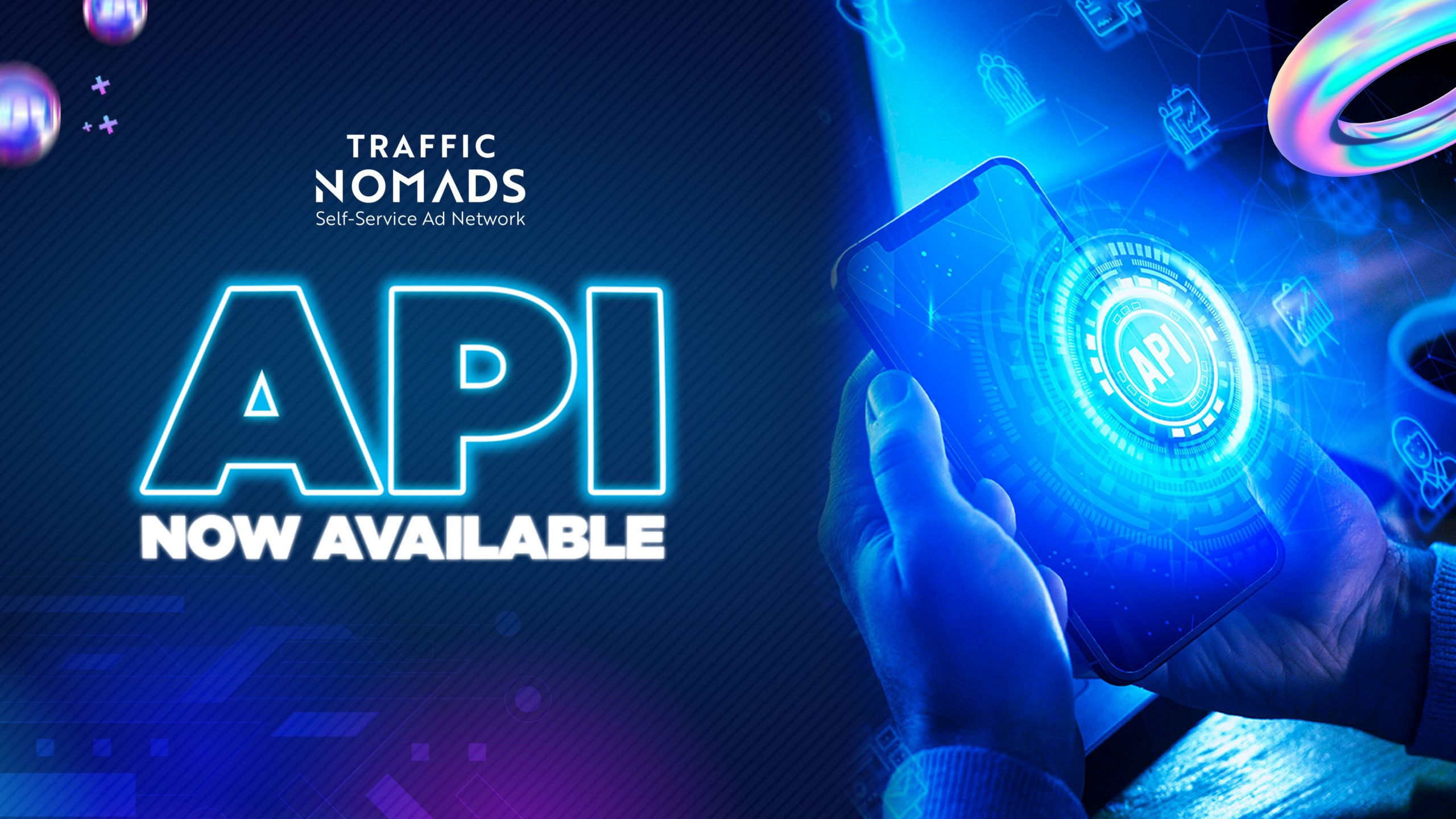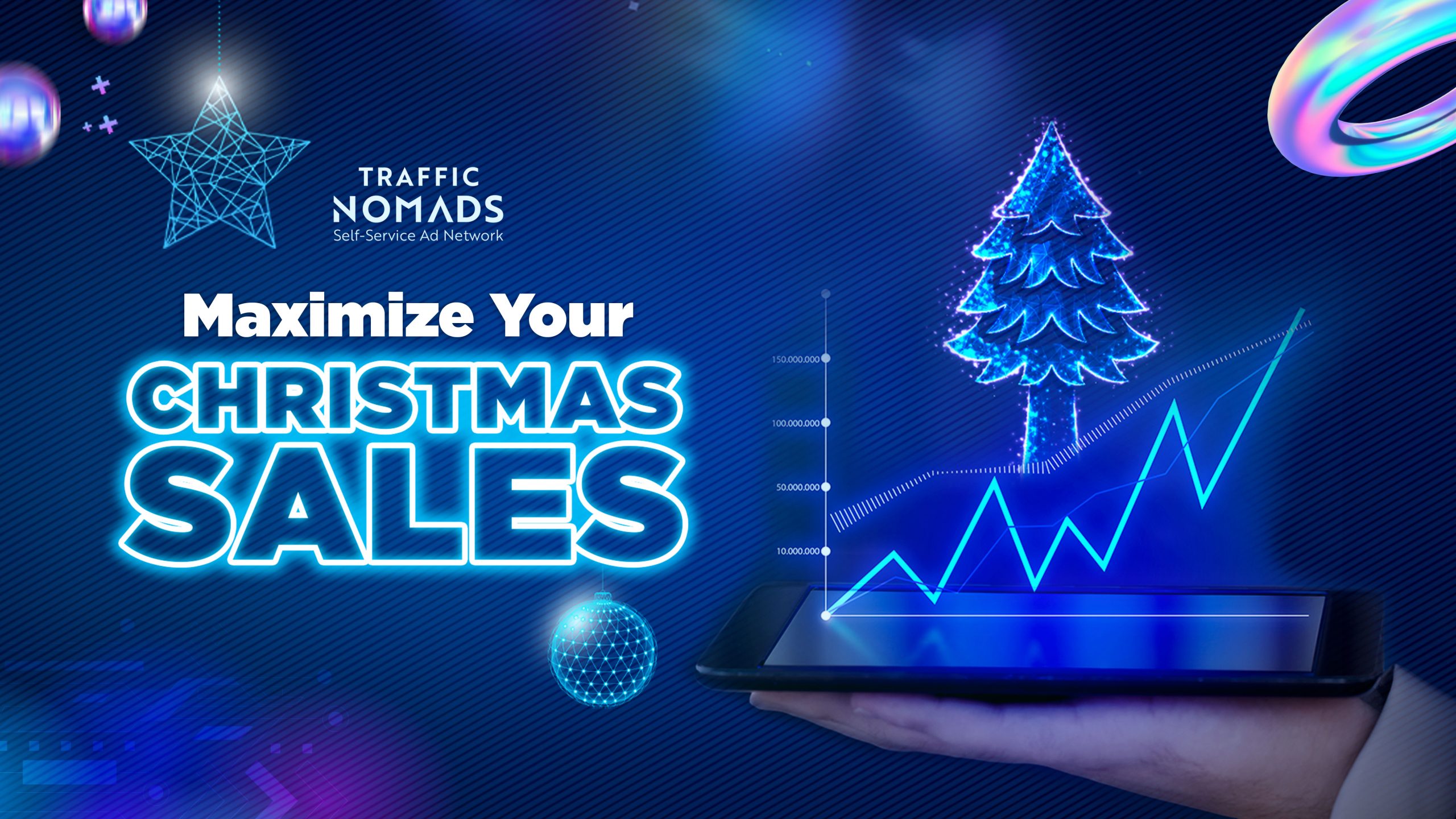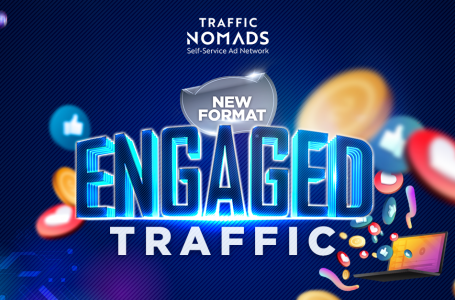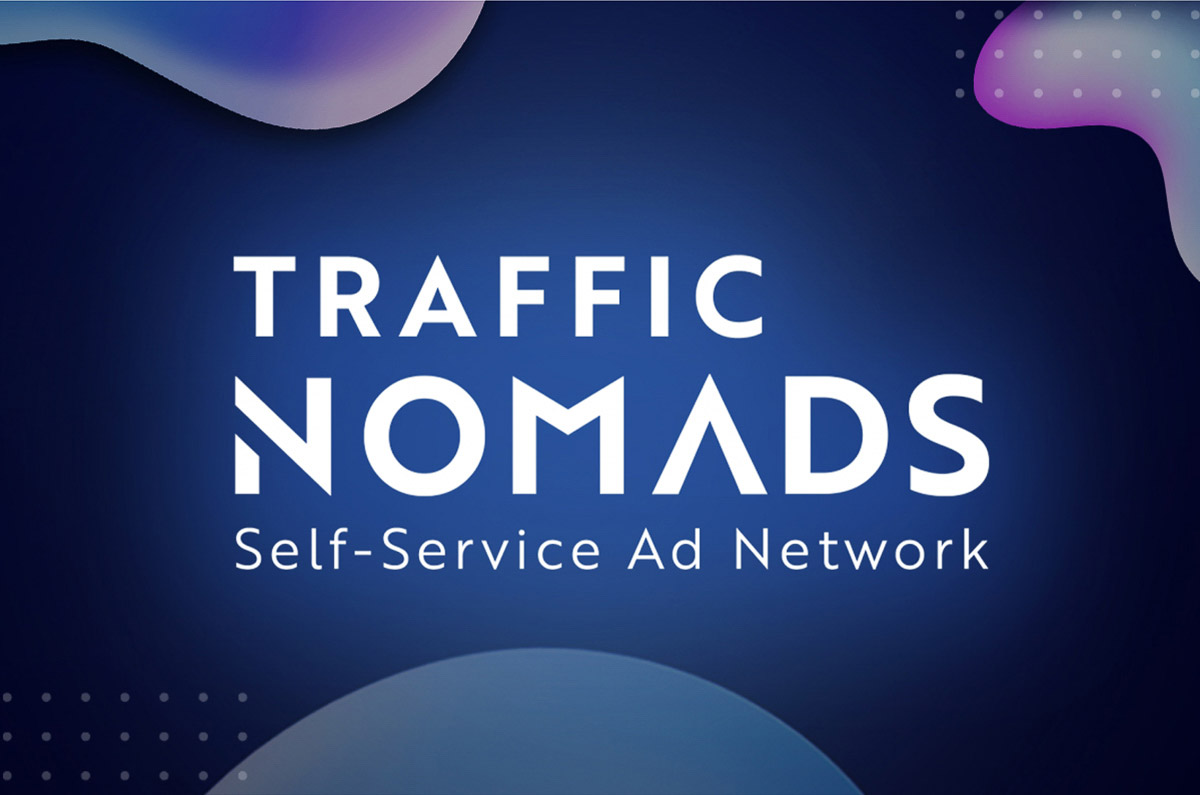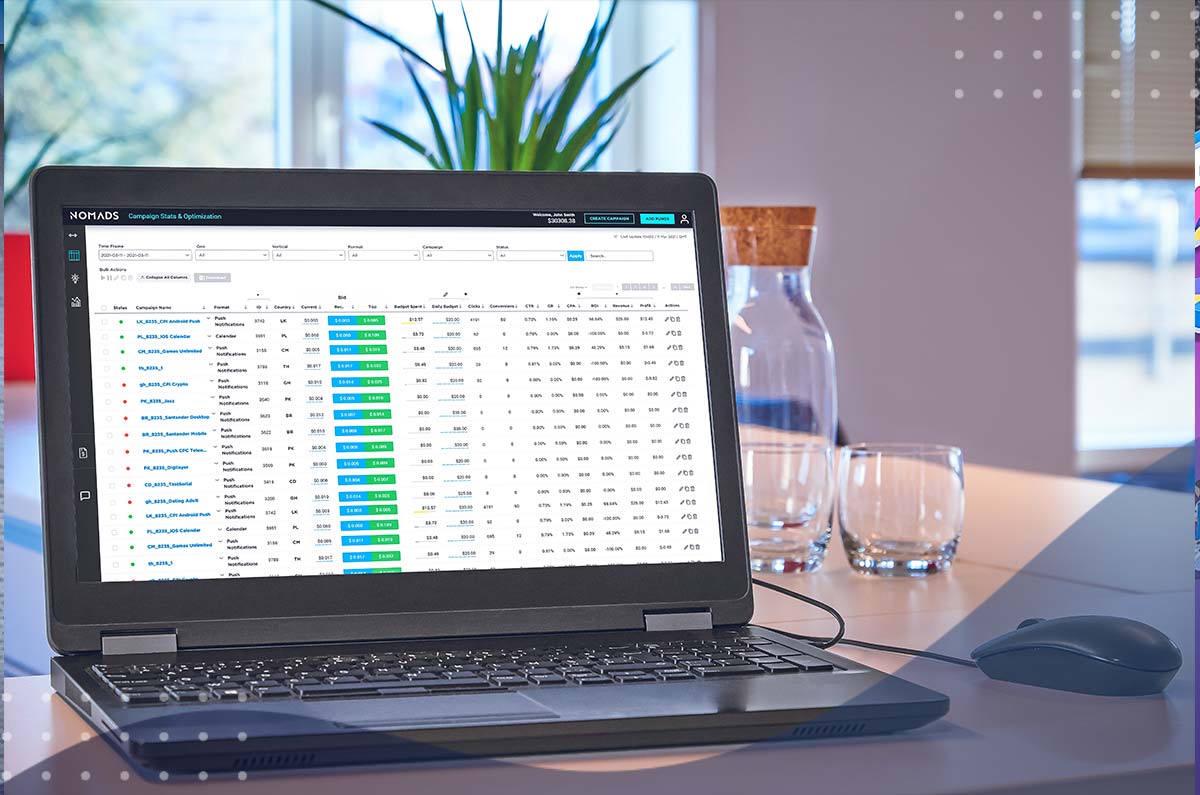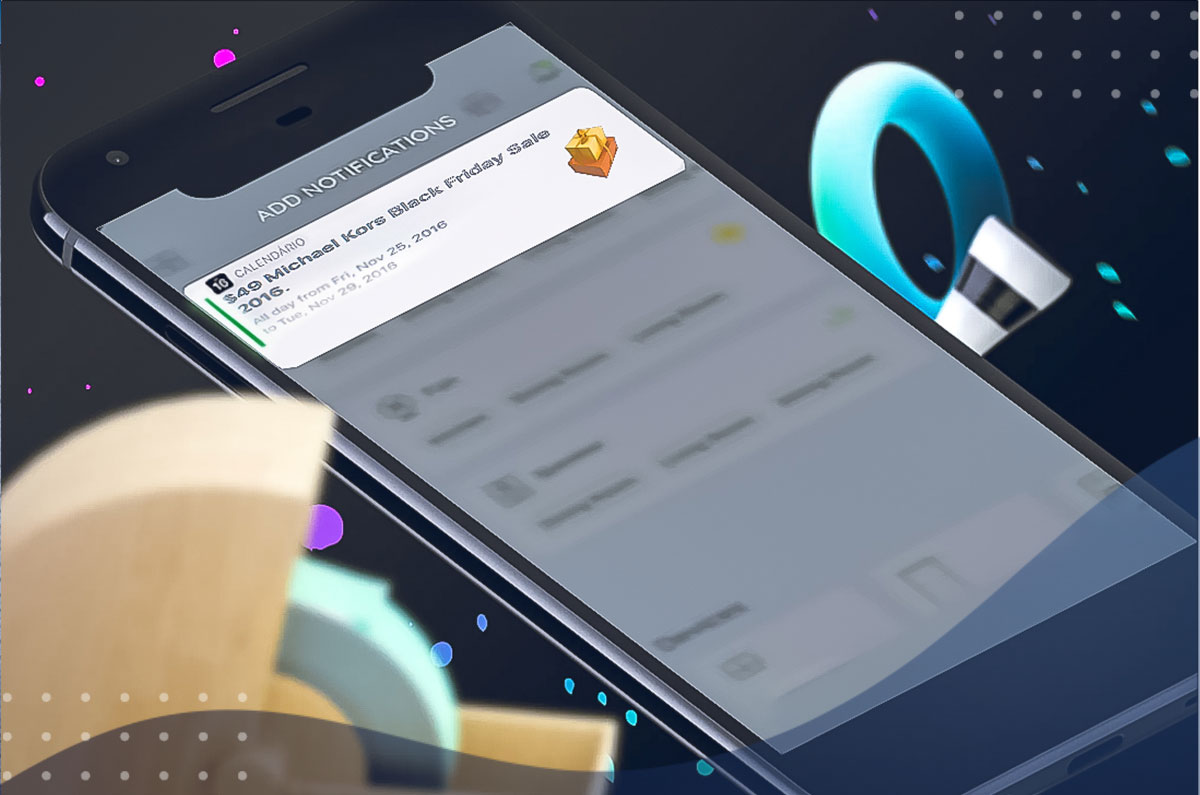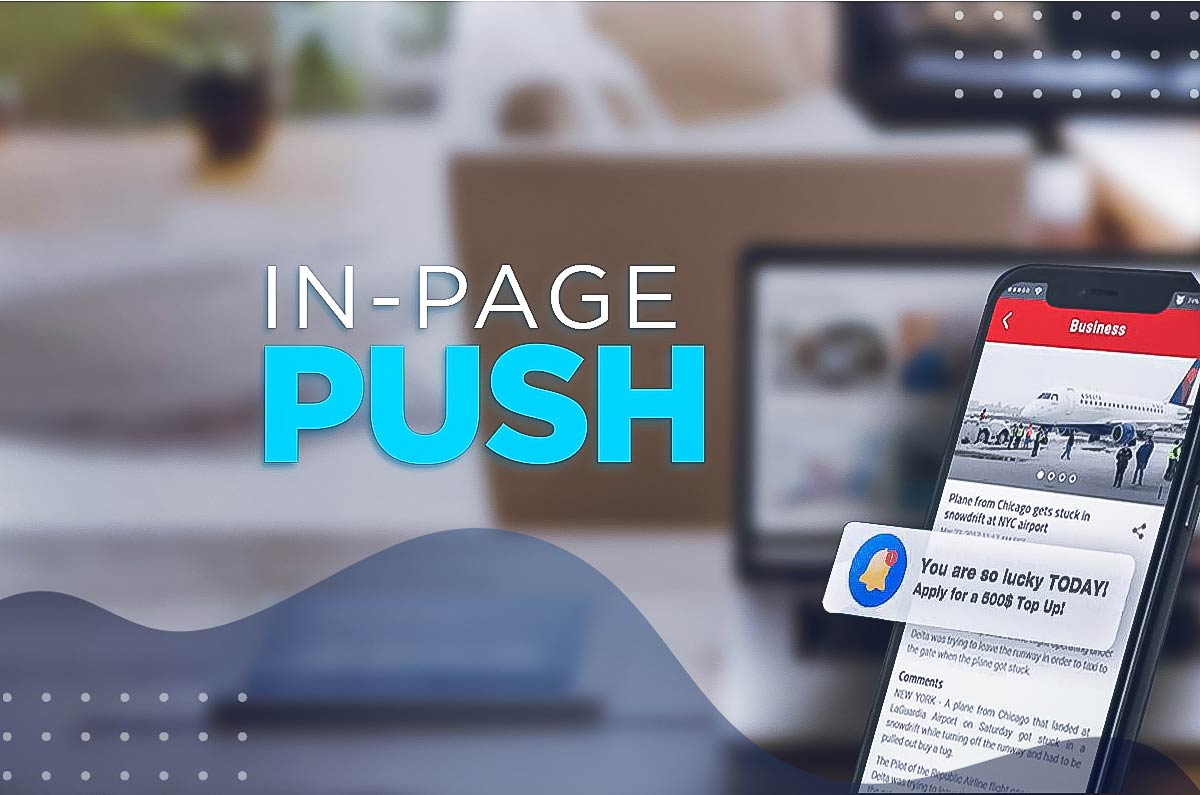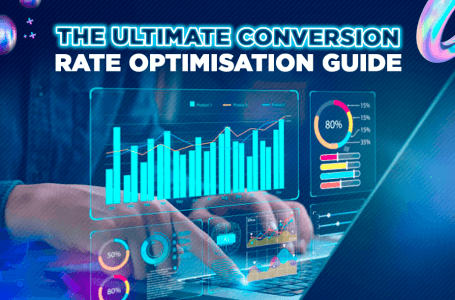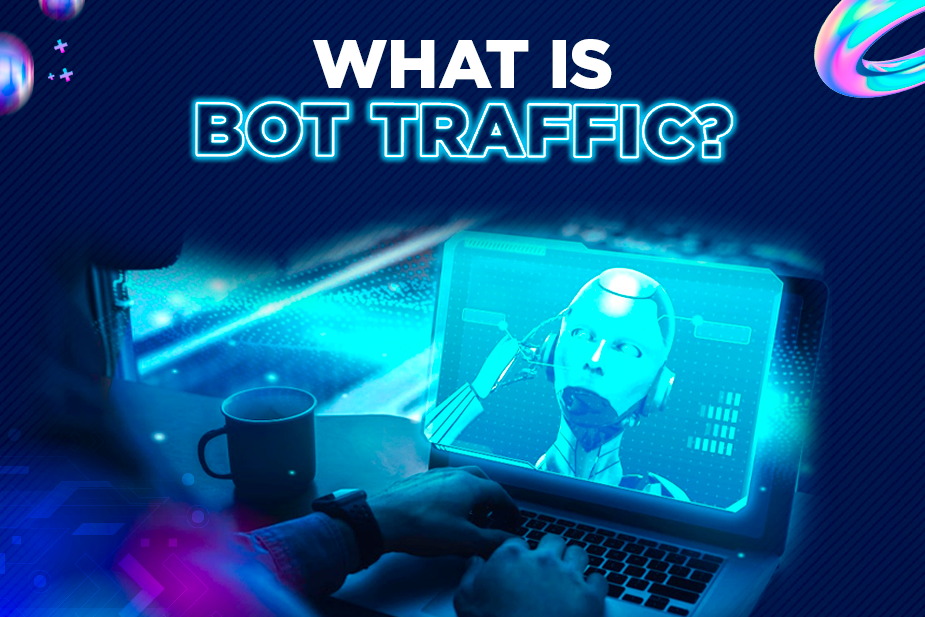
Attracting the right kind of traffic is vital for a successful online campaign. But with the rise of bot traffic, distinguishing between genuine human visitors and automated bots has become a challenging task. This is where understanding bot traffic becomes crucial.
In this article, we’ll dive into the intricacies of paid traffic, specifically focusing on bot traffic, to help you gain a deeper understanding of this phenomenon. We explore the various types of bots, how they function, and the impact they can have on your website’s performance and analytics.
By the end of this article, you’ll be equipped with the knowledge you need to identify and mitigate the negative effects of bot traffic. We’ll also provide practical strategies to filter out bot traffic from your paid campaigns, ensuring that your KPIs are effectively being met and you’re able to target the right audience.
The impact of bot traffic on website analytics
Website analytics play a crucial role in understanding user behavior, identifying trends, and making informed decisions to enhance online performance. However, the presence of bot traffic can significantly twist these analytics, leading to inaccurate insights and potentially misguided strategies.
Bot traffic, which consists of automated programs designed to mimic human behavior, can infiltrate your website in various ways. These bots may be crawling your site for search engine indexing, scraping content, or even engaging in malicious activities like distributed denial-of-service (DDoS) attacks. Regardless of their intent, the presence of bot traffic can distort your website’s key performance indicators (KPIs), such as traffic volume, bounce rates, and conversion rates.
For instance, bot traffic can inflate your website’s overall traffic numbers, making it appear as if you have a larger audience than you actually do. This can lead to misinterpretations of your analytics and the effectiveness of your advertising campaigns. Similarly, bot-driven interactions can distort your bounce rate, as bots may quickly leave your site without engaging with your content. This can create the illusion of having a website with big volumes, when in reality, most of it is bot traffic.
Different types of bot traffic
Bot traffic can be classified into several categories, each with its own unique characteristics and impact on your website’s performance. Understanding these different types of bots is crucial for developing effective strategies to mitigate their influence.
One of the most common types of bot traffic is search engine bots, which are used by search engines like Google, Bing, and Yahoo to crawl and index websites. These bots are essential for ensuring your website is discoverable in search engine results, but their presence can still impact your analytics if not properly accounted for.
Another type of bot traffic is scraper bots, which are designed to extract and collect data from websites. These bots can be used for legitimate purposes, such as price comparison or content aggregation, but they can also be employed for more malicious activities, like stealing copyrighted content or sensitive information.
Additionally, there are bots that engage in click fraud, where they artificially inflate the number of clicks on online advertisements. This type of bot traffic can have a significant impact on your advertising campaigns, leading to wasted marketing budgets and distorted performance metrics.
How to identify bot traffic
Identifying bot traffic can be a complex task, as bots are becoming increasingly sophisticated to mimic human behavior. However, there are several techniques and tools that can help you detect and differentiate bot traffic from genuine human visitors.
One of the most effective ways to identify bot traffic is to analyze your website’s traffic sources. Look for unusual patterns, such as a high volume of traffic from a single IP address or a large number of visits with a short session duration. These indicators can suggest the presence of bot activity.
Another approach is to examine the user agent strings associated with your website’s visitors. User agent strings provide information about the device, browser, and operating system used to access your site. Bots often have distinctive user agent strings that can be used to identify them.
Additionally, you can use advanced analytics tools and bot detection services to help you identify and filter out bot traffic. These tools use a combination of machine learning algorithms and blacklists to detect and classify different types of bot activity, providing you with a more accurate representation of your website’s true user traffic.
Common misconceptions about bot traffic
Despite the growing awareness of bot traffic, there are still several misconceptions that can lead to misunderstandings and suboptimal strategies. Addressing these misconceptions is crucial for developing a more accurate understanding of bot traffic and its impact on your online presence.
One common misconception is that all bot traffic is inherently harmful or malicious. While it’s true that some bots can engage in nefarious activities, such as DDoS attacks or content scraping, there are also legitimate bots that serve essential functions, like search engine crawlers and web monitoring tools. These bots can provide valuable insights and contribute to the overall health of your website as they are essential for SEO strategies.
Another misconception is that bot traffic is easily identifiable and can be completely eliminated. In reality, the proliferation of sophisticated bots, combined with the constant evolution of bot behavior, makes it challenging to detect and block all bot traffic. A more realistic approach is to focus on identifying and mitigating the most harmful and disruptive forms of bot activity.
Finally, some businesses may believe that bot traffic is not a significant concern, as long as their website is performing well. However, the presence of bot traffic can have far-reaching consequences, from skewing analytics and marketing metrics to potentially exposing your website to security risks. Ignoring bot traffic can lead to suboptimal decision-making and missed opportunities for growth and optimization.
The dangers of bot traffic
Bot traffic can pose a significant threat to the overall health and performance of your website. Understanding the dangers of bot traffic is crucial for developing effective strategies to protect your online presence.
One of the primary dangers of bot traffic is the distortion of your website’s analytics and performance metrics. As previously mentioned, bot-driven interactions can inflate your traffic numbers, skew your bounce rates, and even artificially inflate your conversion rates. This can lead to misguided business decisions, wasted marketing budgets, and a false sense of success.
Another danger of bot traffic is the potential for security breaches and cyberattacks. Malicious bots can be used to launch distributed denial-of-service (DDoS) attacks, overwhelming your website’s servers and rendering it inaccessible to legitimate users. These attacks can not only disrupt your business operations but also expose your website to other forms of malicious activity, such as data breaches and system vulnerabilities.
Furthermore, bot traffic can have a negative impact on your search engine optimization (SEO) efforts. Search engines like Google are increasingly sophisticated in their ability to detect and penalize websites with high levels of bot traffic. This can result in a decrease in your website’s visibility in search engine results, making it more challenging for potential customers to discover and engage with your business.
Strategies to mitigate bot traffic
Mitigating the impact of bot traffic on your website’s performance requires a multi-faceted approach. By implementing a combination of technical, analytical, and strategic measures, you can effectively identify, filter, and protect your online presence from the detrimental effects of bot activity.
One key strategy is to implement robust bot detection and mitigation tools. These tools, which can be integrated into your website or content management system, use advanced algorithms and machine learning to identify and categorize different types of bot traffic. By using these tools, you can effectively filter out bot-driven interactions and obtain a more accurate representation of your website’s true user engagement.
Another effective strategy is to regularly review and analyze your website’s traffic data. By closely monitoring your traffic sources, user behavior, and key performance metrics, you can identify patterns and anomalies that may indicate the presence of bot traffic. This information can then be used to optimize your bot mitigation strategies and optimize your website’s performance.
Additionally, you can consider implementing user verification measures, such as CAPTCHA challenges or two-factor authentication, to discourage bot activity and ensure that your website is primarily accessed by genuine human users. These measures can help to create a more secure and trustworthy environment for your visitors, ultimately enhancing their overall experience and engagement with your brand.
Tools and techniques to combat bot traffic
Combating bot traffic requires a comprehensive toolkit of technologies and techniques. By using a combination of these tools and strategies, you can effectively identify, mitigate, and protect your website from the negative impacts of bot activity.
One powerful tool in your arsenal is web analytics platforms, such as Google Analytics or Adobe Analytics. These platforms provide advanced features and capabilities for detecting and filtering bot traffic, allowing you to gain a more accurate understanding of your website’s true user engagement and performance.
Another valuable tool is bot detection and mitigation services, which use sophisticated algorithms and machine learning to identify and classify different types of bot activity. These services can be integrated directly into your website or content management system, providing real-time monitoring and protection against bot-driven threats.
In addition to technological solutions, there are also several techniques you can employ to combat bot traffic. One such technique is the implementation of rate limiting, which restricts the number of requests a single IP address or user agent can make within a specific time frame. This can help to deter bot-driven activities, such as content scraping or brute-force attacks.
Furthermore, you can leverage CAPTCHA challenges, which require users to complete a simple task (such as identifying images or solving a puzzle) to verify their human status. This can be an effective deterrent against bot activity, as most bots are not equipped to handle these types of challenges.
The future of bot traffic and its implications
The role and impact of bot traffic are expected to become increasingly complex and multifaceted. Understanding the future trends and implications of bot traffic is crucial for businesses to stay ahead of the curve and maintain a competitive edge in the online marketplace.
One key trend is the increasing sophistication of bot technology. As bot developers continue to refine their algorithms and techniques, the ability to mimic human behavior will become more advanced, making it increasingly challenging to detect and differentiate bot traffic from genuine user activity. This will require businesses to stay vigilant and continuously update their bot detection and mitigation strategies.
Another trend is the potential for bot traffic to become more integrated with legitimate marketing and advertising strategies. As businesses seek to maximize their online reach and engagement, the use of bot-driven tactics, such as automated content curation or programmatic advertising, may become more prevalent. However, this integration will need to be carefully managed to ensure compliance with ethical and legal standards, as well as maintain the trust and satisfaction of the target audience.
Furthermore, the implications of bot traffic on the broader digital ecosystem are likely to become more far-reaching. As bot activity continues to evolve, it may impact search engine rankings, online reputation management, and even the overall credibility of online content and e-commerce platforms. Businesses will need to proactively address these challenges to maintain their relevance and competitiveness in the digital marketplace.
Bot Traffic on Traffic Nomads
At Traffic Nomads, we understand the critical importance of delivering real, high-quality traffic to our advertisers. As media buyers, we know the pain that bot traffic can cause to a campaign. Paying for bot traffic means wasting budget on fake interactions that don’t drive real results. This can distort campaign performance metrics, making it difficult to assess the true effectiveness of your efforts. More importantly, it can lead to a lower return on investment and even damage your brand’s reputation. Excluding bot traffic is, therefore, essential.
That’s why we’ve developed our own powerful bot traffic filter used by our own internal Media Buyers. Our system is designed to automatically detect and block non-human traffic, ensuring that your ads are seen by genuine users who can engage with your brand. We stay on top of the latest developments in bot traffic technology, constantly updating and refining our filter to combat new threats as they arise. By partnering with Traffic Nomads, you can trust that your campaigns are reaching real audiences, helping you achieve better performance and more accurate data for optimizing future campaigns. Never forget, we’re Media Buyers just like you!
Conclusion
Understanding and addressing bot traffic has become a critical imperative for businesses of all sizes. By gaining a deeper understanding of the different types of bot traffic, the dangers they pose, and the strategies and tools available to combat them, you can effectively protect your website’s performance, security, and reputation.







